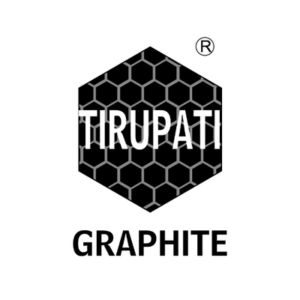Investing in critical minerals will boost our chances of meeting global climate goals. This perspective is highlighted by the International Energy Agency (IEA) in its first report on the outlook for critical minerals, where every scenario forecasts a rapid increase in demand.
Critical minerals are essential in green technologies, playing vital roles in the construction of wind turbines, electric vehicles, and solar panels. The rising demand for these technologies worldwide is largely driven by the growing need for batteries. According to the IEA, graphite, along with lithium, nickel, cobalt, and manganese, is crucial to battery performance, longevity, and energy density.
A secure supply of these minerals is fundamental to achieving global climate goals and reaching green targets. Without them, key strategies for the decarbonisation of energy systems are likely to falter. However, a global shift from fossil fuels to critical minerals brings political and environmental risks that must be carefully managed, as highlighted in a World Economic Forum white paper titled “Energy Transition and Geopolitics: Are Critical Minerals the New Oil?”.
The World Economic Forum’s 2023 report on Fostering Effective Energy Transition emphasises the need for a secure, abundant, and affordable supply of critical minerals to build resilience into the transition.
The IEA report notes a significant rise in investment in critical mineral development: a 30% increase in 2022, following a 20% rise in 2021. Among the various minerals, lithium experienced the sharpest investment increase, with a 50% jump, followed by copper and nickel. Despite this, further efforts are necessary to prepare for the future.
“If all planned critical mineral projects are realised, supply in 2030 could be enough to support announced climate pledges,” the report states. “But project delays and other issues could lead to supply constraints.” It also notes that more projects are needed to keep the goal of limiting warming to 1.5°C within reach.
The IEA has also launched a new online data tool to explore this topic and hosted the first-ever international summit on critical minerals and their role in clean energy transitions in September 2023.
The IEA report highlights how many governments are focusing on ensuring adequate and sustainable mineral supplies. The policy tracker identifies around 200 policies and regulations globally, including the European Union’s Critical Raw Materials Act, the United States’ Inflation Reduction Act, Australia’s Critical Minerals Strategy, and Canada’s Critical Minerals Strategy. These policies sometimes include restrictions on imports and exports, with global export restrictions on critical raw materials increasing fivefold since 2009.
Private companies are also increasing their investment in critical minerals, particularly in lithium development, which saw a 50% rise in spending. Sub-Saharan Africa, estimated to hold about 30% of critical mineral reserves, has the potential to transform the region, according to the International Monetary Fund.
“We are encouraged by the rapid growth in the market for critical minerals, which are crucial for the world to achieve its energy and climate goals,” said IEA Executive Director Fatih Birol. “Even so, major challenges remain. Much more needs to be done to ensure supply chains for critical minerals are secure and sustainable.”
Tirupati Graphite PLC (LON:TGR) is a fully integrated specialist graphite and graphene producer, with operations in Madagascar and India. The Company is delivering on this strategy by being fully integrated from mine to graphene. Its global multi-location operations include primary mining and processing in Madagascar, hi-tech graphite processing in India to produce specialty graphite, and a state-of-art graphene and technology R&D center to be established in India.


